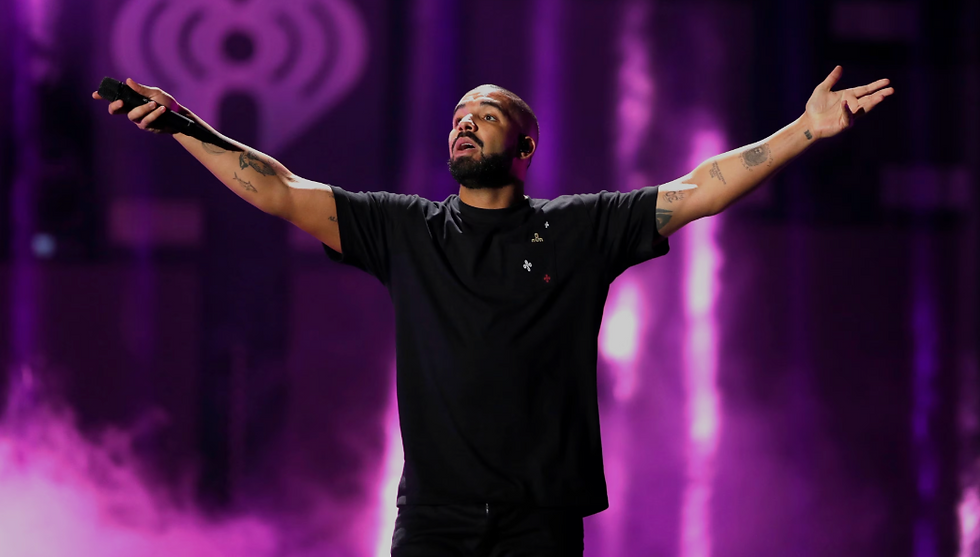- Joe Rey

- May 4
- 1 min read
May The 4th Be With You Today & Every Day POPOLOGIST Ambassadors!
“Star Wars” fans around the world are celebrating the space epic this weekend through unofficial, fan-made holiday. A sly nod to one of the films' most popular catchphrases, May the 4th is known as Star Wars Day and has been embraced by businesses and communities over the years. Most #POPOLOGICAL #POPOLOGY































































































%20NEW-03.png)







